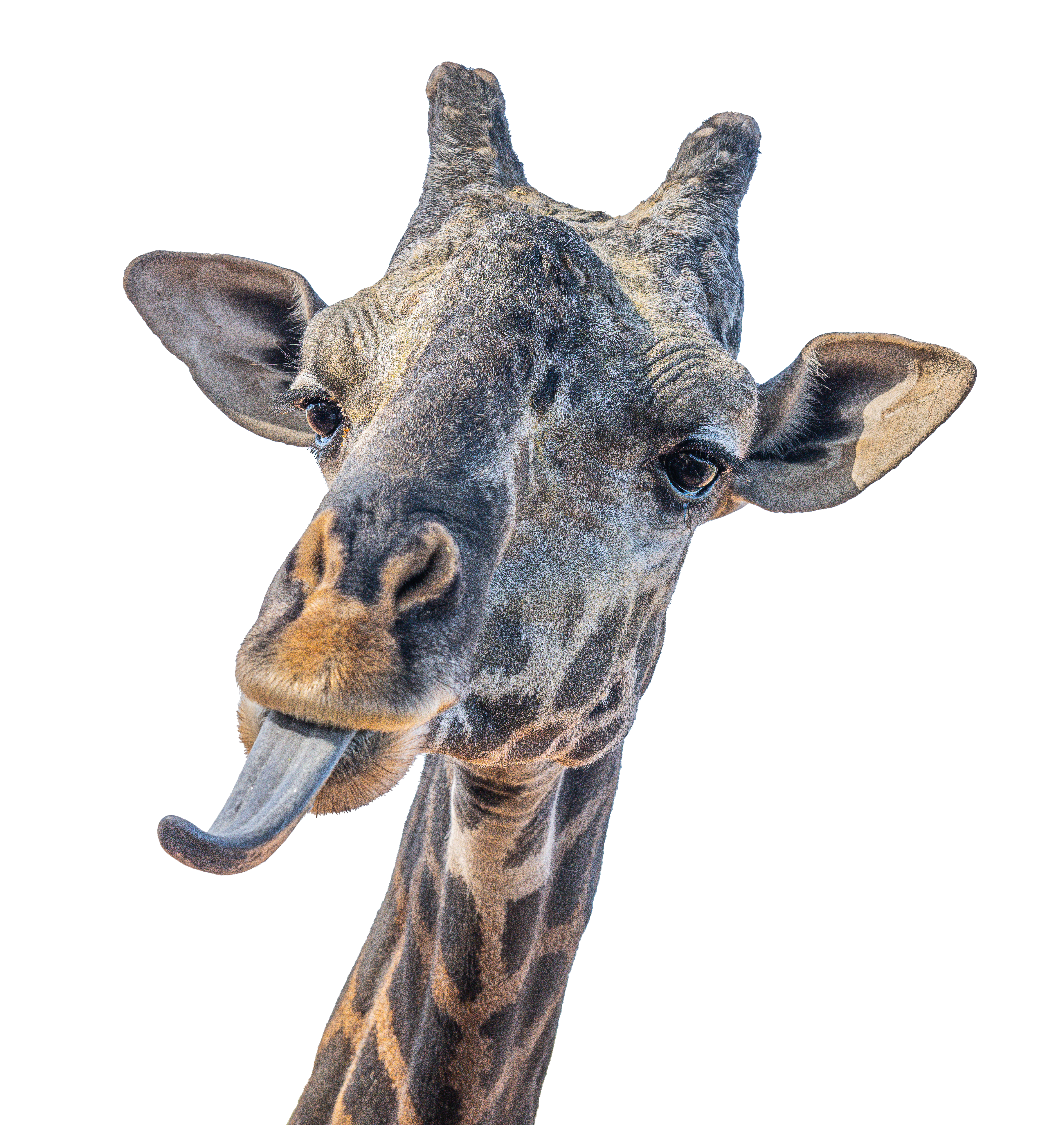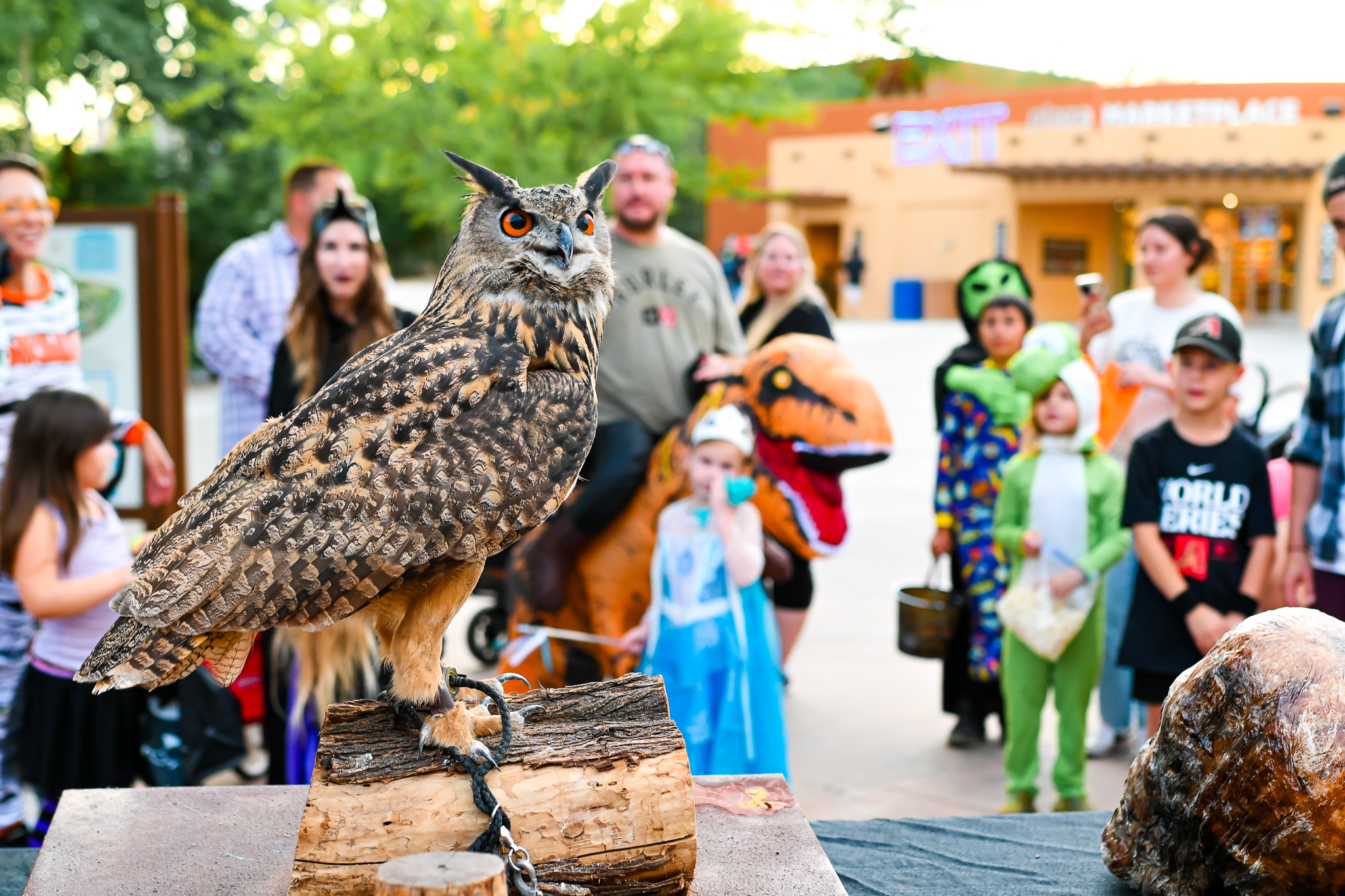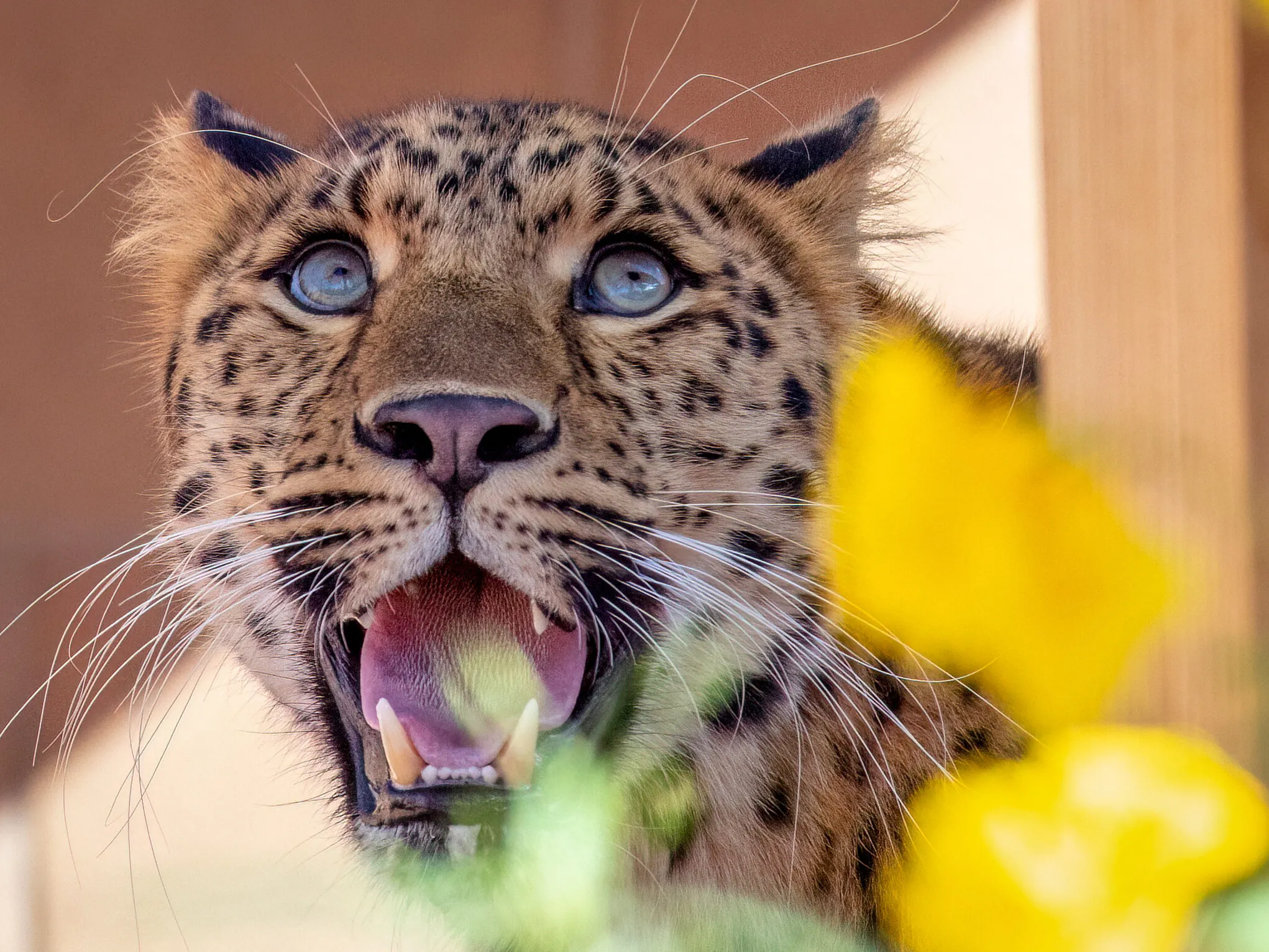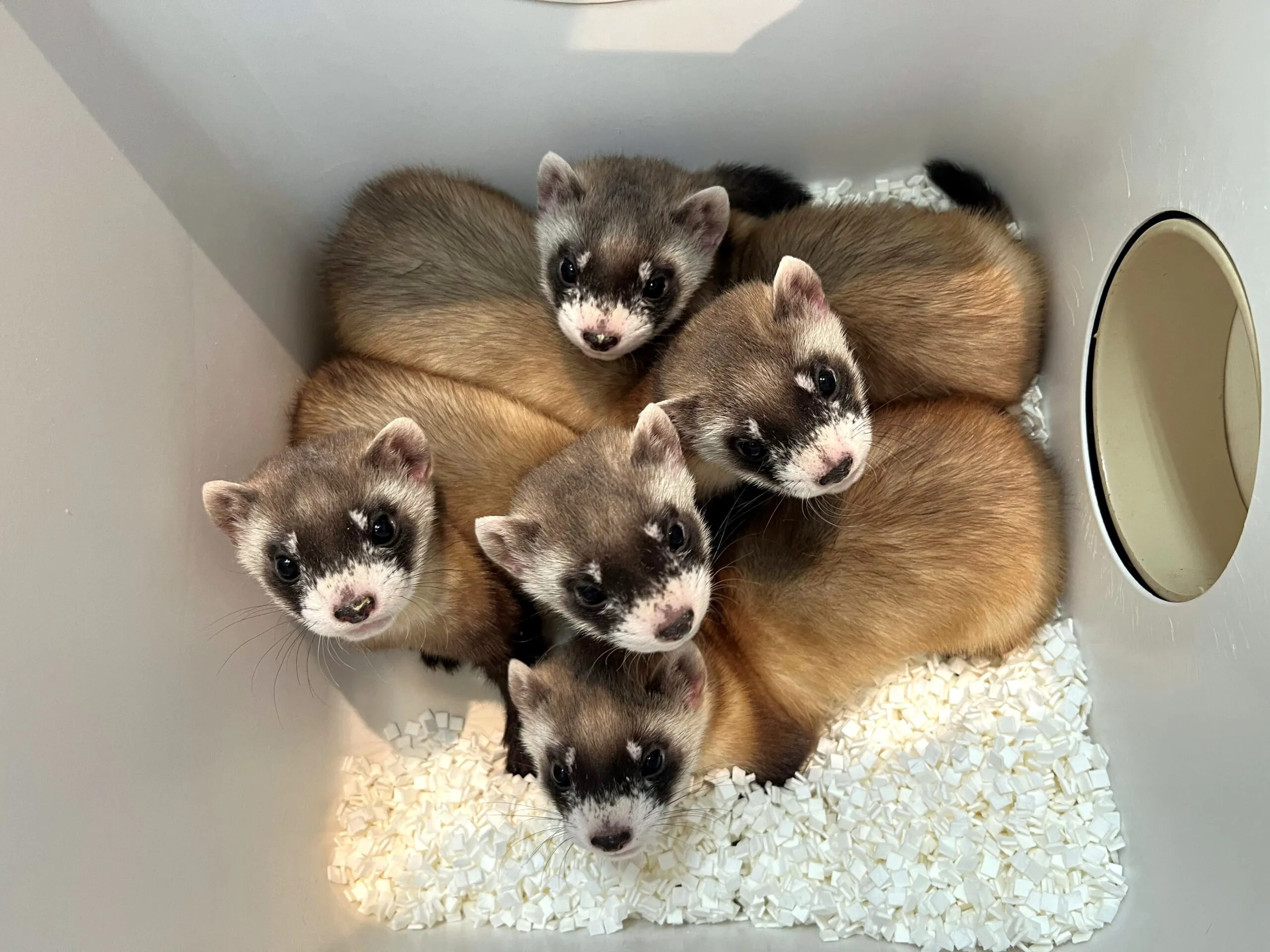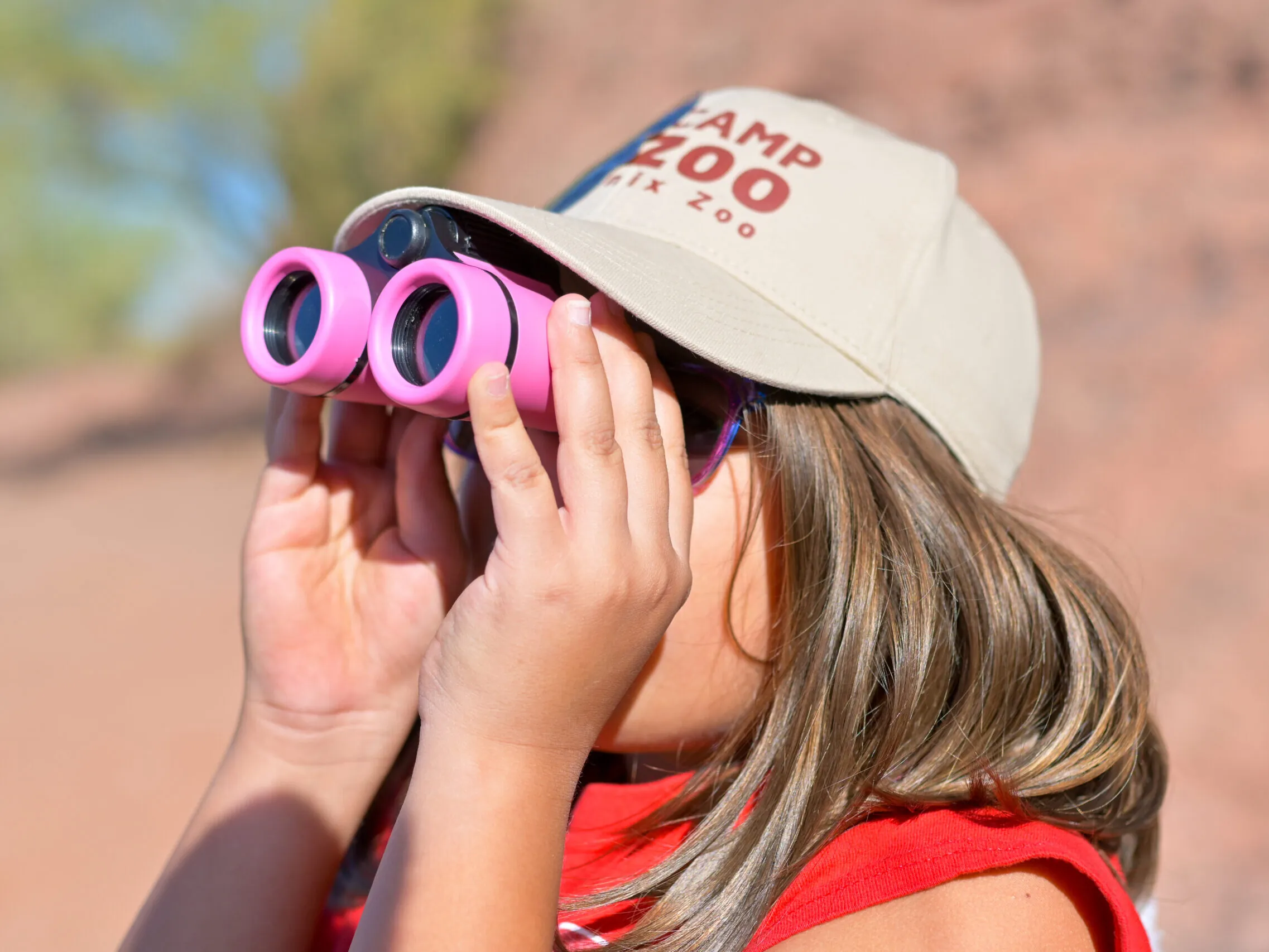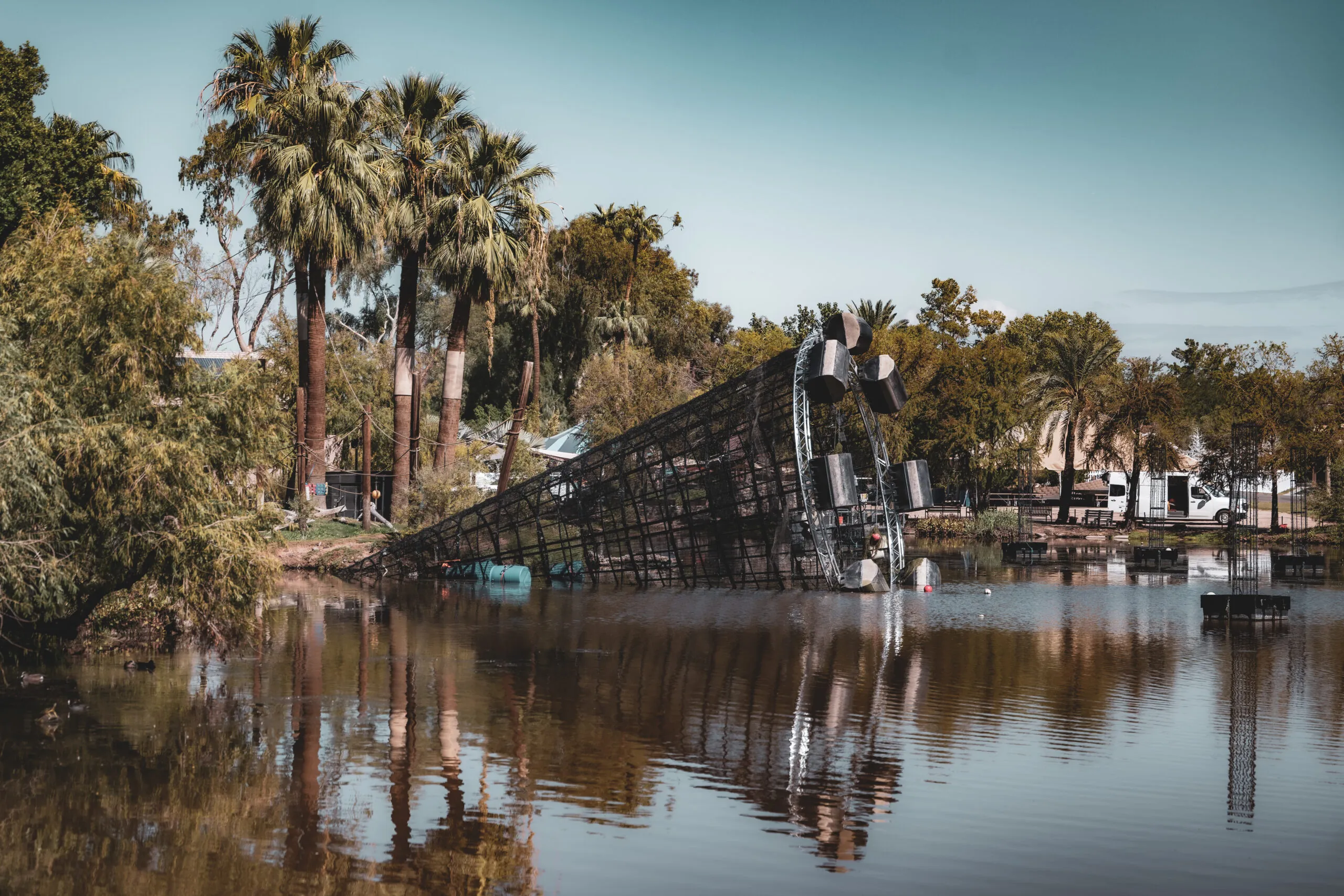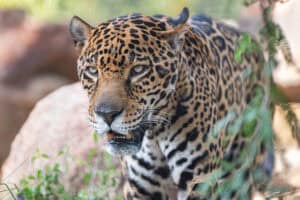Mt. Graham
red squirrel
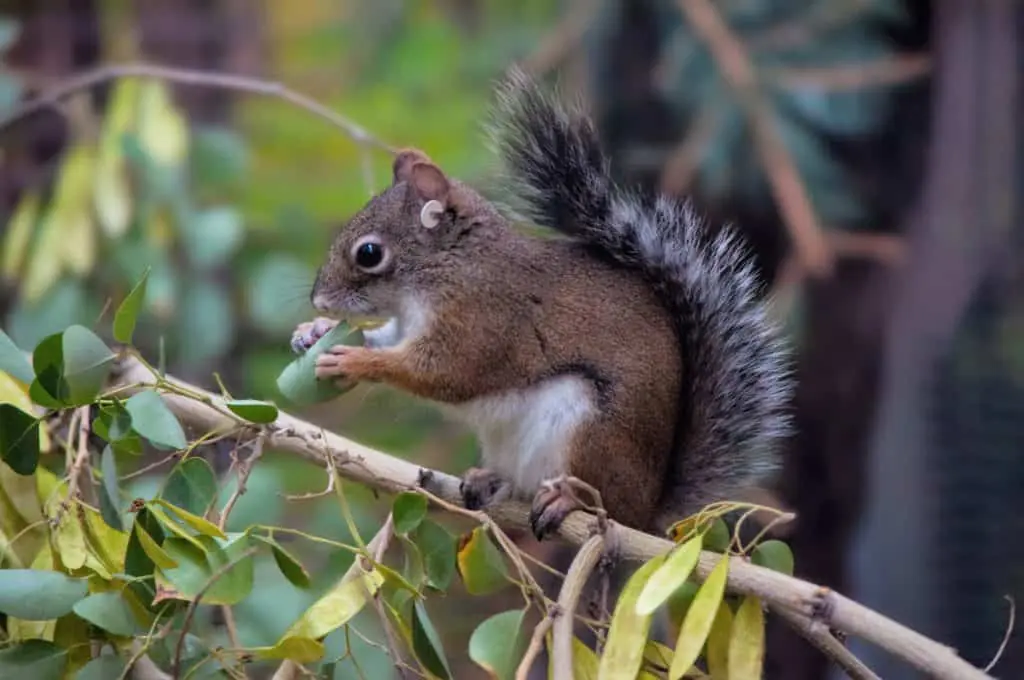
The Mt. Graham red squirrel (Tamiasciurus fremonti grahamensis) is a subspecies that is only found on Mt. Graham in southeastern Arizona. It was actually thought to be extinct in the 1950s until it was rediscovered two decades later. On June 3, 1987, the Mt. Graham red squirrel was listed as endangered under the Endangered Species Act.
Recent analyses indicate that the Mt. Graham red squirrel belongs to a different species than the North American red squirrel that ranges across much of the United States and Canada. Instead, the Mt. Graham red squirrel appears to be a subspecies of Fremont’s squirrel – a species found in Arizona, New Mexico, Colorado and Utah. It is distinguished by a smaller body and narrower head, but maintains the brownish-red sides and white belly that characterize other squirrels in its species.
The forest habitat of the Mt. Graham red squirrel has been severely impacted by wildfire and disease, reducing the available food resources and cover from predators. This has led to a reduction in the squirrels’ wild population, with numbers declining to as low as 35 in 2017 after the Frye fire. In addition, an introduced squirrel species (Abert’s squirrel) competes with Mt. Graham red squirrels for limited food resources.
Mt. Graham red squirrels are most active during the day and spend their time foraging for seeds of coniferous trees; however their diet also consists of insects, mushrooms, bird eggs, nestlings and various other items. Males and females are territorial and defend their midden (food cache) from other squirrels. In the winter, Mt. Graham red squirrels do not hibernate, but will only venture out during mid-day when it’s warmest.
threats
habitat loss/
degradation
invasive species
Climate change/
severe weather
How We Help
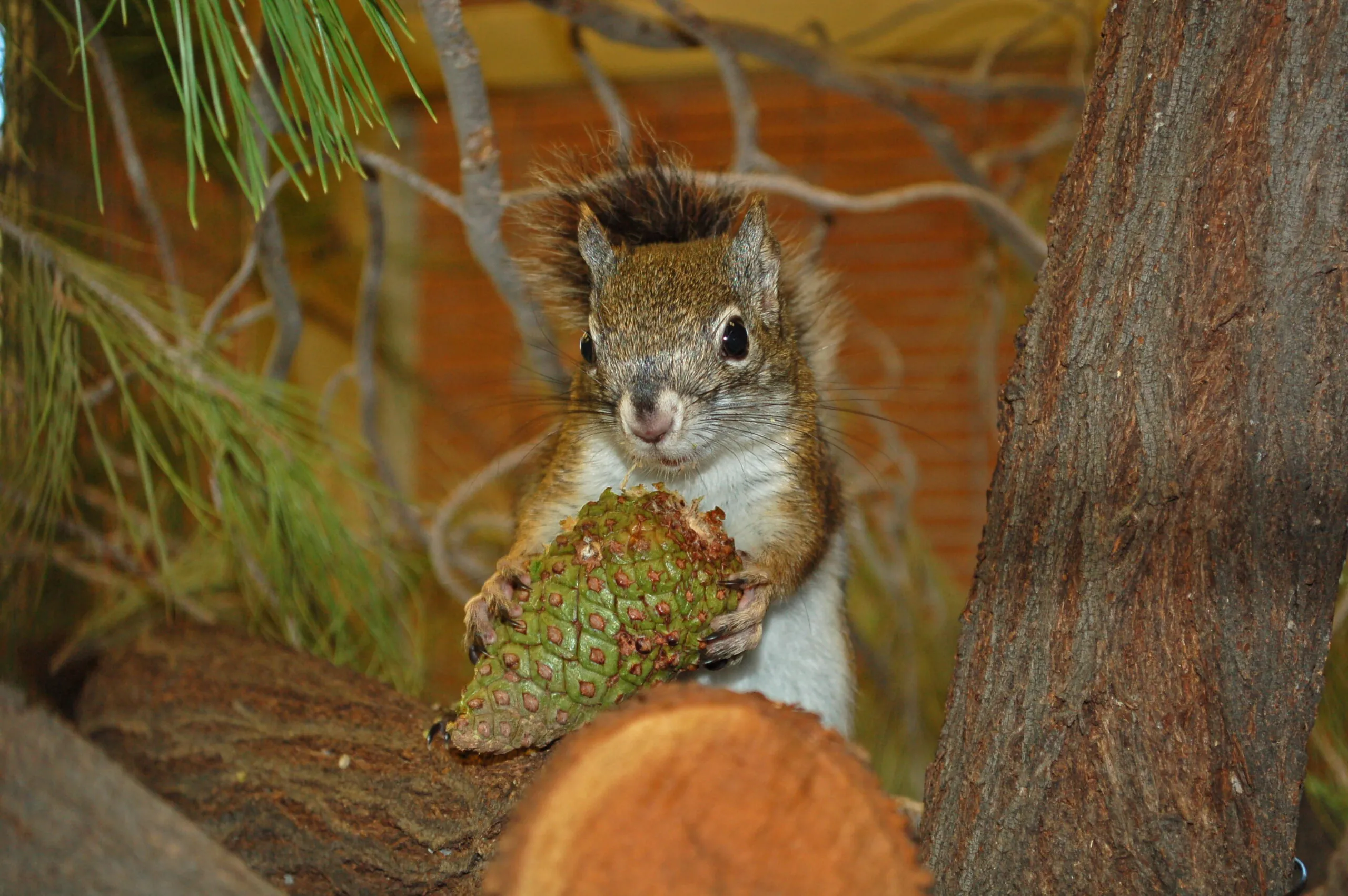
at the zoo
Since 2014, the Zoo has been working to develop a pilot breeding program for Mt. Graham red squirrels, in the hope of producing animals for release to the wild. We maintain a small population of squirrels at the Arthur L. and Elaine V. Johnson Conservation Center, in a temperature-regulated building. Our staff has developed husbandry guidelines for the species and helped characterize the reproductive biology of the squirrels in our care. We aim to build off of this previous work to develop a successful breeding program.
conservation partners
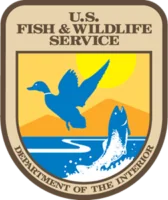

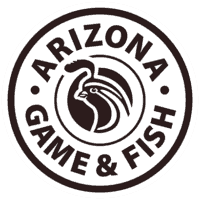
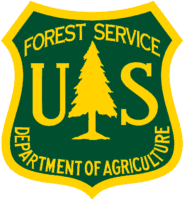
Plan your visit today!
The Phoenix Zoo is one of the largest non-profit zoos in the U.S., caring for over 3,000 animals, with nearly 400 species represented, including many threatened/endangered species.
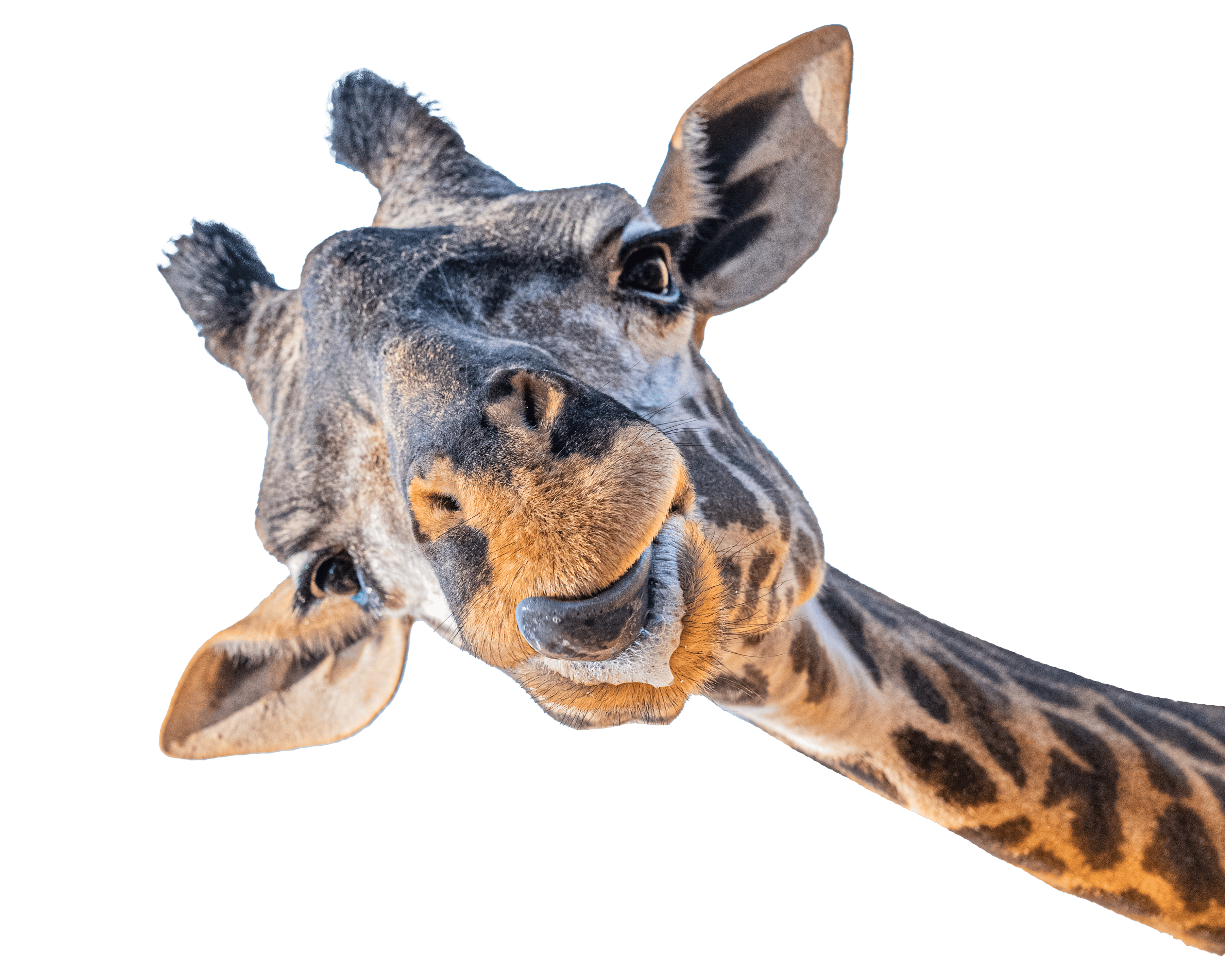
Plan your visit today!
The Phoenix Zoo is one of the largest non-profit zoos in the U.S., caring for over 3,000 animals, with nearly 400 species represented, including many threatened/endangered species.
